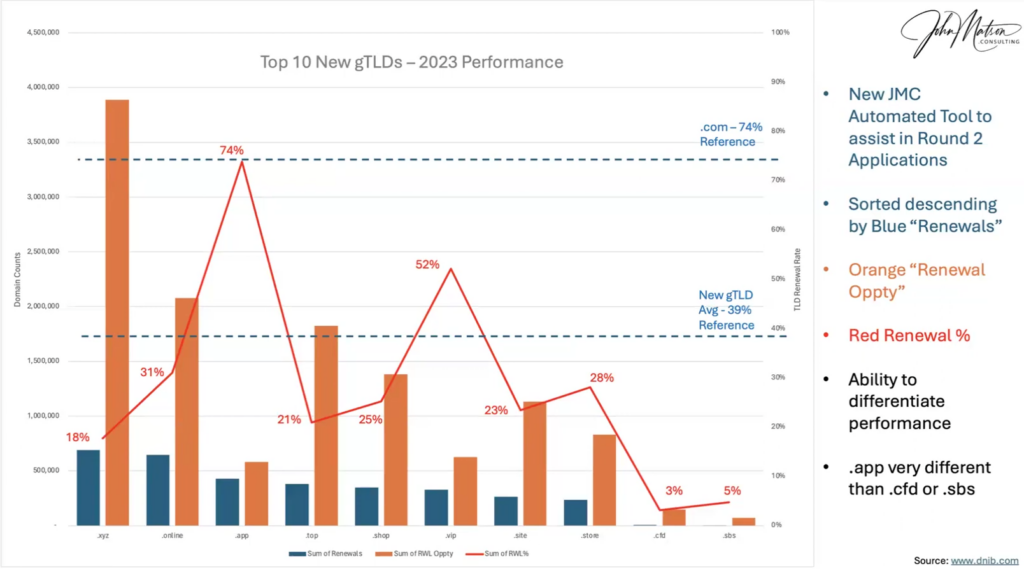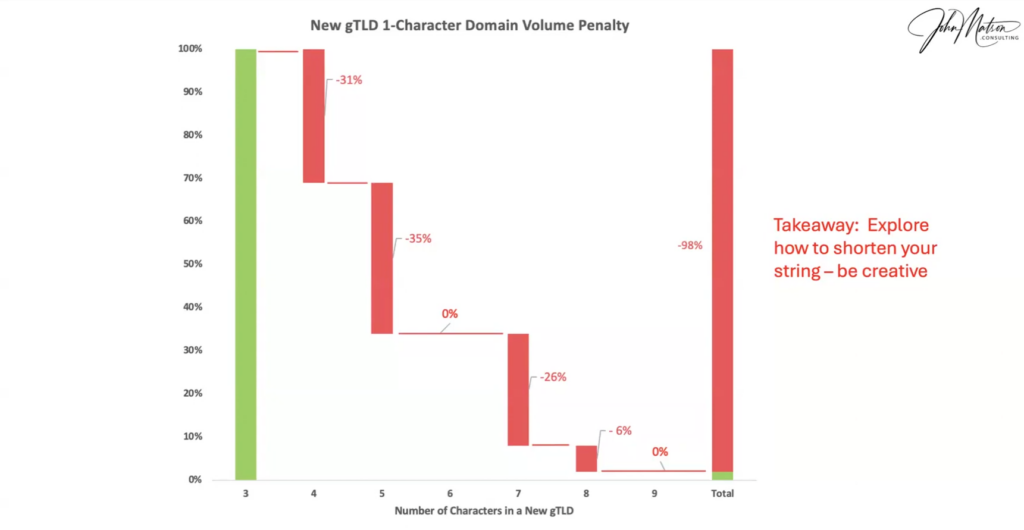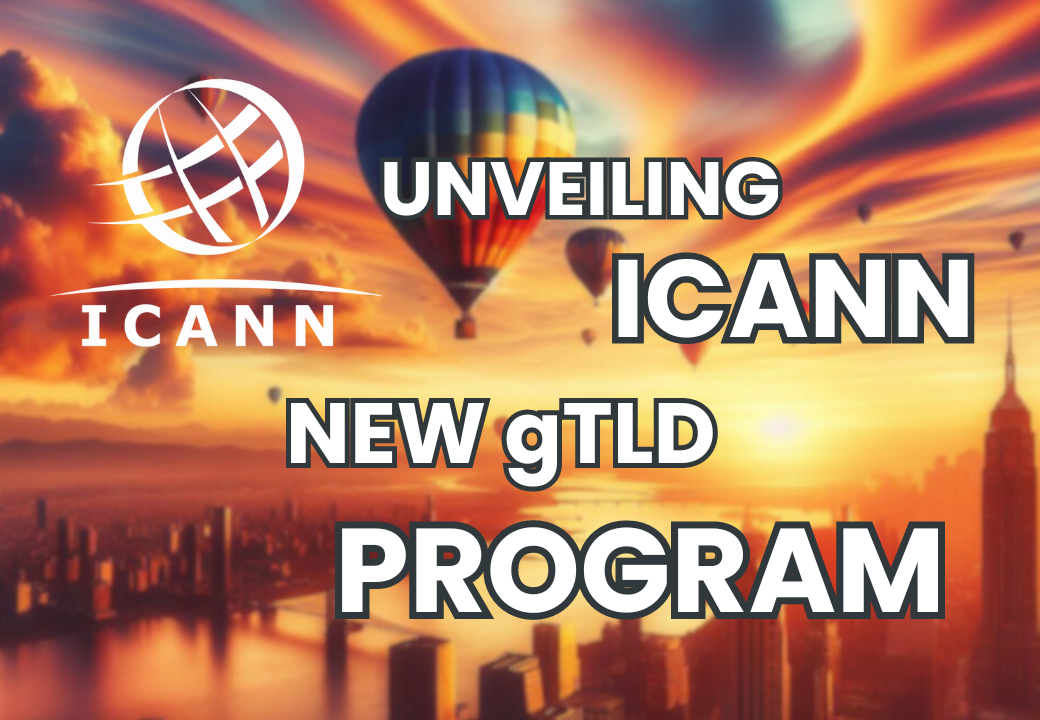The Internet Corporation for Assigned Names and Numbers (ICANN) has always played a pivotal role in the digital landscape, but its New gTLD (Generic Top-Level Domain) Program promises to revolutionize how we perceive and utilize domain names. The first round, launched a decade ago, brought significant changes and learnings. Now, as ICANN prepares for the second round, we delve into past insights and future expectations, aiming to provide a comprehensive understanding for prospective applicants and industry observers.
Insights from Round One
The inaugural round of ICANN’s New gTLD Program was a groundbreaking endeavor, introducing new top-level domains that reshaped the digital nomenclature. From examining performance metrics like renewal rates and registry operations, it’s clear that the landscape of internet names is evolving. According to John Matson, a key figure in the first round, “We saw a huge influx of applications—1,930 to be precise, far surpassing expectations, which signaled a strong interest and highlighted the program’s potential impact.“

The performance varied widely among the new registries. Some, like .app and .xyz, became leaders due to their innovative approaches and market adaptability. Analysis showed that shorter TLD strings significantly outperformed longer ones, revealing a preference for brevity among users and registries alike. City TLDs offered unique insights, with .nyc and .tokyo establishing strong local presences and proving the value of geo-specific domains.
Transition to Round Two
As we approach Round Two of the gTLD Program, ICANN has taken the lessons learned from the first round to refine the process. The timeline is set with a more streamlined approach, especially in selecting registry service providers (RSPs). Applicants now face a less burdensome path thanks to pre-evaluations of RSPs, ensuring that technical standards are met before applications are even submitted. “This new approach will expedite the overall process, reduce redundancy and lower the barrier for entry for new applicants,” explains Matson.
Key Elements to consider for Round Two

For those considering an application for Round Two, several key elements demand attention:
- String Selection: The success of a TLD heavily depends on its length and relevance. Shorter strings not only perform better but also face more competition and potential contention.
- Business Model: Innovation will be critical. With the internet’s landscape continuously evolving, new use cases for TLDs, such as integration with blockchain technology or enhancing user security, could prove lucrative.
- Registry Service Provider: Choosing the right RSP can determine a TLD’s operational success. Compatibility with the TLD’s goals and technical robustness are essential.
- Application Process: Detailed preparation for the application guidebook questions is crucial. Applicants need to articulate their mission clearly and demonstrate a solid understanding of the TLD’s potential impact.
- Financial Planning: Robust financial planning is essential, ensuring that funds are available to sustain the registry through delays and lower-than-expected initial uptake.
Potential challenges and auction considerations

Navigating the application process involves anticipating challenges, particularly around auctions for popular TLD strings. “A new auction model may be introduced to mitigate the speculative bidding seen in the first round,” Matson notes. This model would focus on a fair distribution of TLDs while discouraging non-serious applicants through financial commitments and rigorous planning.
As ICANN gears up for the second round of its New gTLD Program, the lessons from the first round provide invaluable insights for future applicants. By learning from the past and preparing comprehensively, applicants can better navigate the complexities of the application process and leverage new TLDs to create innovative, valuable digital identities.
This overview serves as a primer for anyone looking to understand or participate in the upcoming expansion of internet domain names. As the digital frontier expands, the opportunities within ICANN’s New gTLD Program continue to grow.



